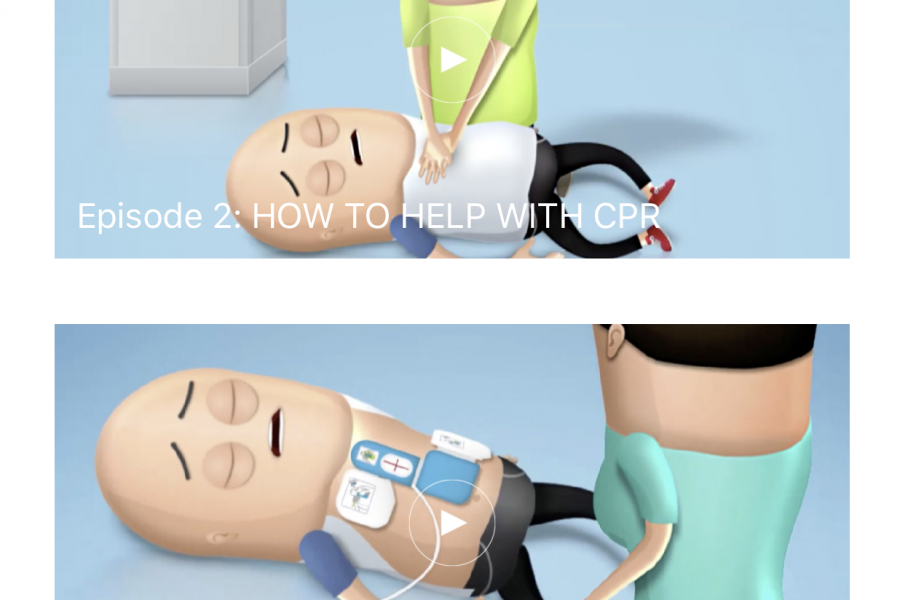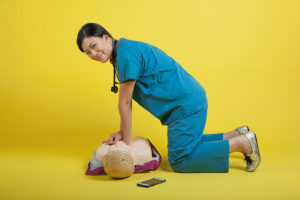By Han Ming Xuan (with thanks to Dr Jade)
What is the bystander effect?
The bystander effect is a phenomenon that was first investigated by the psychologists Bibb Latané and John Darley after the brutal killing of Kitty Genovese in 1964. Genovese was stabbed to death outside her apartment building and despite her neighbours knowing full well what was going on, her screams were met with almost no response although some did call the police.
This phenomenon has since been the subject of interest for many social psychologists, with multiple theories being expounded on over the past five decades. The most prominent still lies in the 1970 work of Latané and Darley in which they explore three stages in a bystander’s thought process that might discourage bystander intervention. [1]
How does this explain bystander apprehension to step forward?
The first factor is audience inhibition, also called evaluation apprehension, which refers to the bystander’s fear of being judged negatively by others if they misinterpreted the situation and stepped forward to help, when in actual fact it was not an emergency. Evaluation apprehension scales according to the number of people around: the more people there are, the greater the fear of being viewed negatively. [2-4]
The second factor is social influence, also known as pluralistic ignorance, where the bystander relies on the actions of others to determine if the situation requires an intervention. The more people there are who carry on with their lives unaffected by what was happening, the more unlikely the bystander is to step forward, as non-intervention was perceived as the normal, expected reaction. [2-4]
The third factor is diffusion of responsibility, where the bystander feels less responsible for not stepping forward given that others are around. [2-4] This concept was elucidated in Campos-Mercade’s 2021 experiment of the volunteer’s dilemma, where he found that the likelihood of a bystander immediately helping was reduced greatly from 60.7% (when there was just one bystander and the victim) to 17.9% (when there were two bystanders to one victim). [3]
In a nutshell, the bystander effect can be illustrated with an example internal talking-to-yourself convo: “What if I go but it’s not an emergency?”, “No one else is stepping forward, so why should I? Why me? I don’t feel as guilty, I am not the only one not doing anything what…”
Is there a possibility of being sued for attempting to save a life?
To compound the issue of second-guessing, there is the concern of whether there might be a possibility of legal repercussions if we step forward and save a life but end up getting sued.
While there is no specific Good Samaritan Law here in Singapore, our existing laws protect lay people who step forward to render assistance in time of need. Minister Indranee Rajah said in Parliament in 2014 that members of the public who provide care in emergencies are held to a standard of care (i.e. quality of treatment) that can be “reasonably expected of a person of his skill and experience”. [5]
This means that in terms of civil liability, if you are a lay person with nothing but your bare hands, and you perform CPR to save someone in cardiac arrest, you have administered treatment according to the expected standard of care and will be protected by local laws. Dr. Jade pops the myth of being sued in the video below.
Just go for it
So after going back and forth in this choo-choo train of (second) thoughts, a few scenarios can play out.
Scenario 1: you decide to step forward because the fact is: you are the cardiac arrest victim’s greatest chance at life. Dr Jade gives us a quick recap here in this video
You administer compressions to Bee Gees’ Stayin’ Alive, or why not Conan Gray’s Overdrive? 100-120 beats per minute, 4-6cm in depth, elbows locked, allowing for full recoil. You slayin…
Scenario 2: you step forward but hey, two other people dash past you and start resuscitation. You bemoan the fact that you were too slow to help, but what’s important is that you remain at scene to offer any other assistance such as calling the ambulance, guiding the ambulance crew to the scene and clearing the crowds.
Scenario 3: for some reason, you cannot quite process what is happening. You stay put not knowing what to do or how to react, and as you see other people step forward, you feel that it is increasingly hard to watch as the resuscitative efforts progress. What has overcome you? Stay tuned as we learn about the psychological trauma of witnessing a resuscitation and what we can do about it in part 3 of this series.
References
[1] Latané B, Latané B, Darley JM. The unresponsive bystander: Why doesn’t he help?. Appleton-Century-Crofts; 1970.
[2] Latané B, Nida S. Ten years of research on group size and helping. Psychological bulletin. 1981 Mar;89(2):308.
[3] Campos-Mercade P. The volunteer’s dilemma explains the bystander effect. Journal of Economic Behavior & Organization. 2021 Jun 1;186:646-61.
[4] Fischer P, Krueger JI, Greitemeyer T, Vogrincic C, Kastenmüller A, Frey D, Heene M, Wicher M, Kainbacher M. The bystander-effect: a meta-analytic review on bystander intervention in dangerous and non-dangerous emergencies. Psychological bulletin. 2011 Jul;137(4):517.
[5] No need for Good Samaritan law here: Indranee Rajah [Internet]. TODAYonline. 2021 [cited 26 July 2021]. Available from: https://www.todayonline.com/singapore/no-need-good-samaritan-law-here-indranee-rajah

Motivation behind this series
Starting out as a paramedic trainee got me thinking hard about psychological well-being. For too long topics like these are shunned by lay people and healthcare professionals within and outside the fields of medicine because for some reason, being in such professions, we somehow are expected to “act the part” in the face of trauma and adversity: suck it up and move on! No denying that we are all resilient and tough individuals but a culture of not speaking up trivialises the importance of mental health.
Speaking to Dr. Jade led me to realise that even at her level of seniority, experience and standing, mindfulness and well-being are on the top of her list even as a senior paediatric emergency specialist. She inspires so many and she paves the way for more open conversations about well-being in healthcare and beyond. My gratitude goes to Dr. Jade for her unwavering support and guidance throughout the conceptualisation and writing of this series.









1 Comment
Leave your reply.